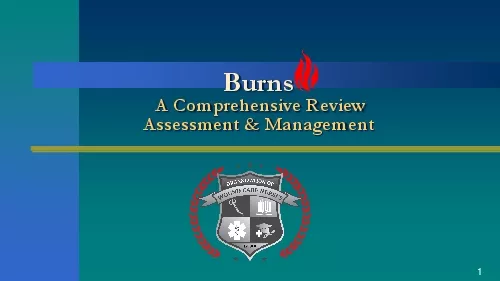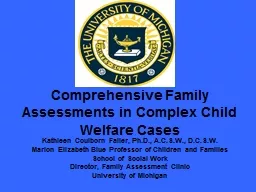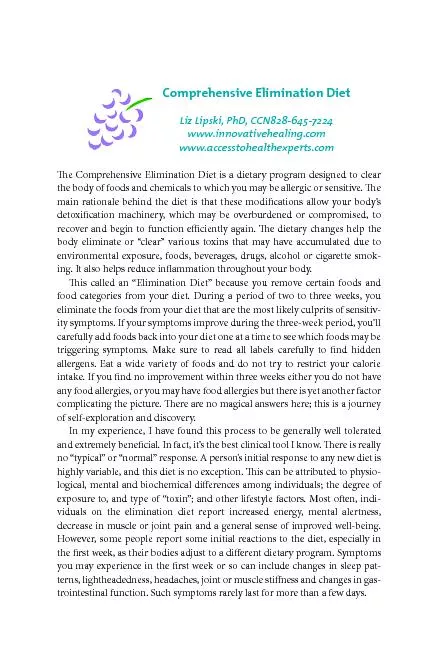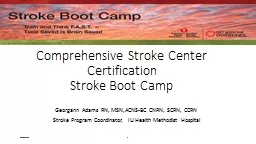PDF-A Comprehensive Review
Author : morgan | Published Date : 2021-08-09
Burns Assessment Management 1Objectives2Understand types of BurnsUnderstand the pathophysiology of the BurnsUnderstand Rule of NineUnderstand Classification of Burns
Presentation Embed Code
Download Presentation
Download Presentation The PPT/PDF document "A Comprehensive Review" is the property of its rightful owner. Permission is granted to download and print the materials on this website for personal, non-commercial use only, and to display it on your personal computer provided you do not modify the materials and that you retain all copyright notices contained in the materials. By downloading content from our website, you accept the terms of this agreement.
A Comprehensive Review: Transcript
Download Rules Of Document
"A Comprehensive Review"The content belongs to its owner. You may download and print it for personal use, without modification, and keep all copyright notices. By downloading, you agree to these terms.
Related Documents












![[EPUB] - Saunders Comprehensive Review for the NCLEX-RN (Saunders Comprehensive Review](https://thumbs.docslides.com/906843/epub-saunders-comprehensive-review-for-the-nclex-rn-saunders-comprehensive-review-for-nclex-rn-61c1c252306ea.jpg)
![[READ] Comprehensive Review for the NCLEX-PN® Examination HESI Comprehensive Review for](https://thumbs.docslides.com/1006752/read-comprehensive-review-for-the-nclex-pn-examination-hesi-comprehensive-review-for-the-nclex-pn-examination.jpg)
